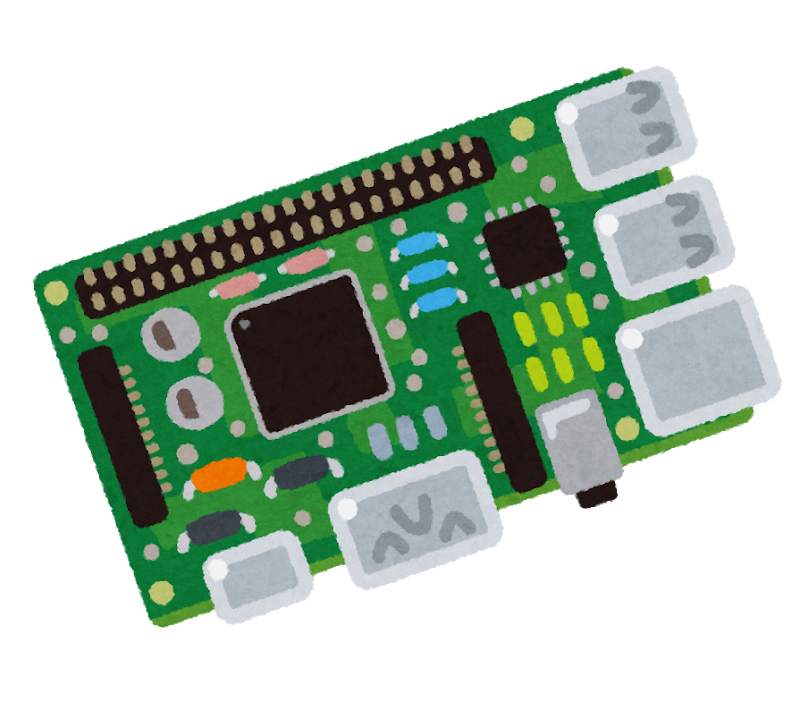Describes the zrep script that uses zfs send and receive over network to keep a read-only copy of snapshots up-to-date.
You can do something similar, but much easier with btrfs and btrbk.
Of course ZFS is even more advanced than btrfs, but unless you are doing professional datacenter level stuff btrfs will likely be sufficient.
Thanks, that looks like something I might have to try. :) Myself, over the network, I still don’t do filesystem level incremental backups, sticking to either directories or virtual machine snapshots (both of which have their shortcomings).
This looks nice. But I can’t see a reason for me to switch away from my current Sanoid/Syncoid setup. It just works too well.
I’ve been hearing about ZFS and its beneficial features for years now, but mainstream Linux installers don’t seem to support it, and I can’t be bothered to switch filesystems after installing.
Out of curiosity - can anyone tell, what might be blocking them?
Edit: answering my own question: legal issues. Licenses “potentially aren’t compatible”.
Due to potential legal incompatibilities between the CDDL and GPL, despite both being OSI-approved free software licenses which comply with DFSG, ZFS development is not supported by the Linux kernel. ZoL is a project funded by the Lawrence Livermore National Laboratory to develop a native Linux kernel module for its massive storage requirements and super computers.
Source: https://wiki.debian.org/ZFS
Apart from the license incompatibility (which doesn’t stop it from being used by distros, as Ubuntu has shown): While it’s a fantastic filesystem for servers, it is also resource hungry and not suitable for small or portable systems.
By default it consumes 30% of RAM as cache (ARC). And, we have btrfs now, which is a huge contender “CoW” filesystem for desktop.




